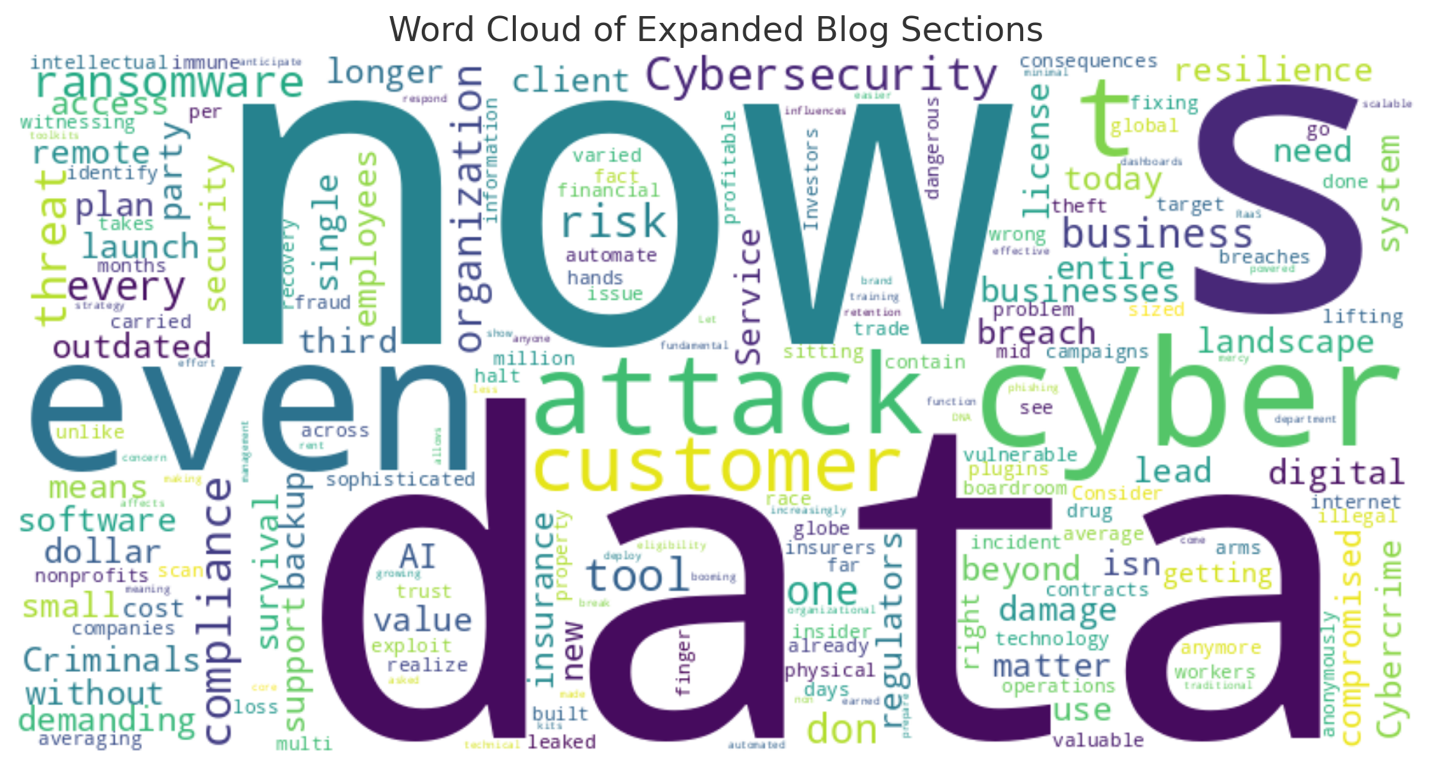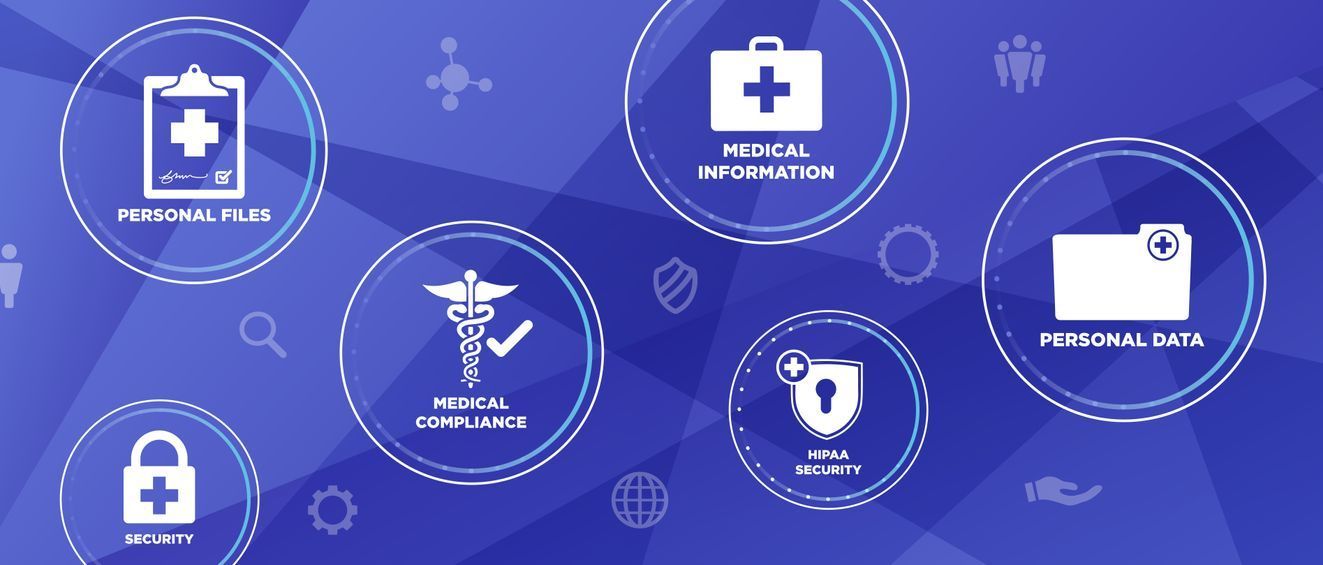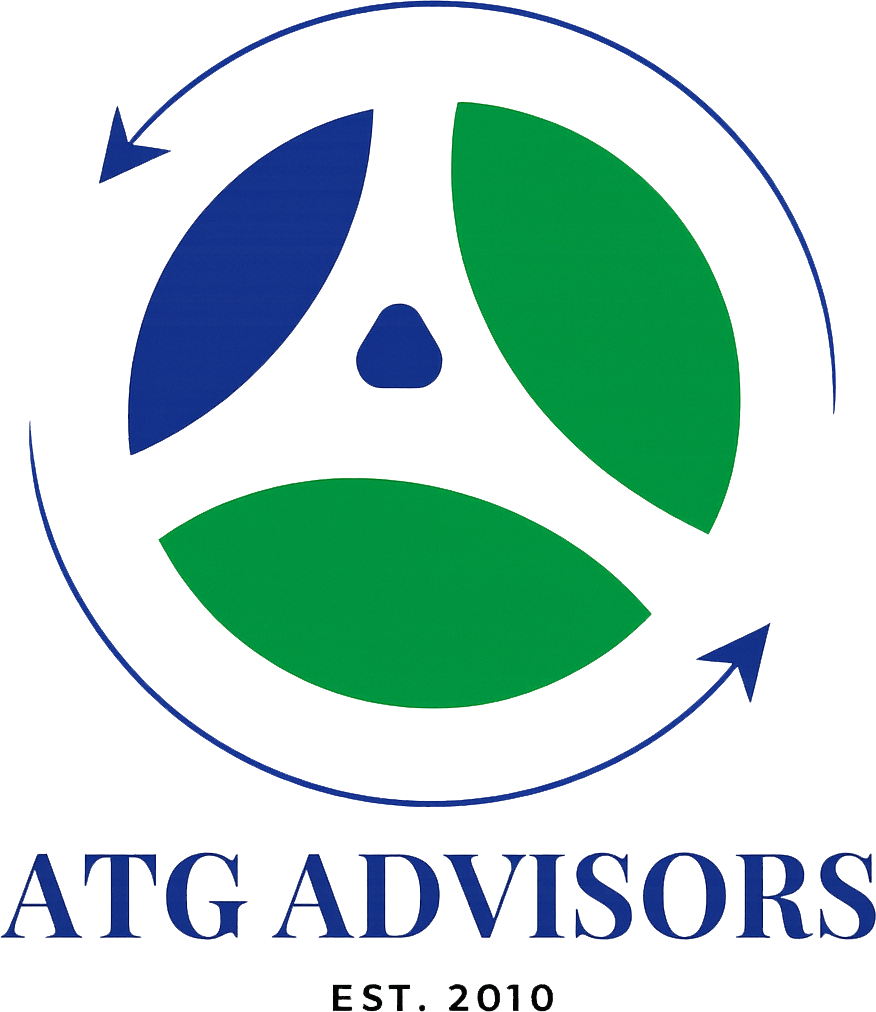Why Every Nonprofit Should Consider a Section 125 Cafeteria Plan

In an era where talent retention, budget efficiency, and regulatory compliance are top priorities, nonprofits are under more pressure than ever to do more with less. Whether you're managing a healthcare nonprofit, religious organization, foundation, or educational institution, finding creative ways to stretch limited dollars without compromising employee benefits is critical.
One of the most overlooked strategies nonprofits can leverage is the Section 125 Cafeteria Plan. These pre-tax benefit programs allow employees to cover eligible health and dependent care expenses with pre-tax dollars, while also reducing the employer’s share of payroll taxes. For nonprofits—who often compete with for-profit entities on talent but can’t match them on salary—this tool is a game-changer.
In this blog, we’ll break down what a Section 125 Plan is, why it’s ideal for nonprofit organizations, and how to implement one for your team in 2025.
What Is a Section 125 Cafeteria Plan?
A Section 125 Plan, commonly known as a cafeteria plan, is a benefit plan governed by the Internal Revenue Code that allows employees to pay for certain expenses with pre-tax income. These expenses can include:
- Health insurance premiums
- Dental and vision insurance
- Dependent care (daycare, after-school programs)
- Medical copayments, prescriptions, and deductibles
- Transit and parking (in some cases)
Rather than receiving these benefits as part of taxable wages, employees elect to allocate a portion of their salary before taxes are calculated, resulting in higher take-home pay and reduced tax liabilities.
Why Section 125 Plans Are Perfect for Nonprofits
Nonprofits are uniquely positioned to benefit from these plans, not just because of tight budgets, but also due to:
1. Payroll Tax Savings for the Organization
When employees use pre-tax dollars for eligible expenses, both employee and employer FICA taxes are reduced. For nonprofits, this can add up to thousands in savings annually.
Example: A nonprofit with 10 employees participating in a Section 125 Plan could save $5,000–$8,000 per year in employer-side payroll taxes alone.
2. Enhanced Benefits Without Increased Costs
Offering a cafeteria plan can help your organization provide competitive benefits without increasing wages or benefits spending. You’re not giving more—you're just giving smarter.
- More affordable health benefit participation for employees
- Better retention and morale
- Improved financial wellness for your team
3. Compliance-Friendly and IRS-Sanctioned
Unlike fringe benefit programs with complex tax implications, Section 125 Plans are clearly outlined and encouraged by the IRS. When implemented properly, they can strengthen your compliance posture while reducing audit risk.
4. Great for Smaller Teams
Many benefits packages are out of reach for small nonprofits. But Section 125 Plans work well for teams of just 5–10 employees, making them ideal for churches, afterschool programs, or local nonprofit initiatives.
Types of Section 125 Plans Nonprofits Can Use
Section 125 plans come in several forms, but all operate on the same core principle: allowing employees to use pre-tax dollars for specific qualified expenses. Nonprofits can choose the plan type—or combination—that best suits their workforce and budget. Here’s a breakdown of the most effective options:
1. Premium-Only Plan (POP)
Best For: Nonprofits already offering group health insurance benefits.
A Premium-Only Plan (POP) is the simplest form of Section 125 and typically the easiest to implement. It allows employees to pay their share of health insurance premiums with pre-tax income, reducing both their taxable income and your payroll tax obligations.
Key Features:
- Covers medical, dental, and vision premiums
- Automatically integrates with existing payroll systems
- Ideal for organizations with tight budgets and existing benefit programs
Example: A faith-based nonprofit offers employees a group health plan with 50/50 cost sharing. With a POP, employees can cover their 50% portion using pre-tax dollars—reducing their taxable wages and saving the employer ~7.65% in payroll taxes.
2. Flexible Spending Accounts (FSAs)
Best For: Nonprofits seeking to offer richer, tax-efficient benefits without adding traditional insurance.
FSAs allow employees to set aside a portion of their salary—before taxes—to cover eligible out-of-pocket expenses for health or dependent care. There are two primary types:
a) Healthcare FSA
- Covers copays, prescriptions, over-the-counter medications, dental, vision, therapy, and more
- 2025 Contribution Limit: $3,200 per year
- Funds must be used within the plan year (some plans allow a 2.5-month grace period or $640 carryover)
b) Dependent Care FSA (DCAP)
- Covers daycare, preschool, afterschool care, and elder care
- 2025 Contribution Limit: $5,000 per household ($2,500 if married filing separately)
- Great benefit for younger staff and working parents
Compliance Tip:
FSAs require careful administration to avoid non-discrimination testing failures. You’ll need a third-party administrator (TPA) or integrated payroll provider to track contributions, withdrawals, and reimbursements.
💡 Use Case: A youth services nonprofit adds a healthcare FSA for 8 full-time staff. Three employees elect to contribute $2,000/year. The nonprofit saves ~$459 in payroll taxes—and staff get a valuable benefit that improves retention.
3. Full Cafeteria Plan (Classic Section 125 Plan)
Best For: Larger nonprofits or those offering multiple benefits (health, dental, vision, HSA, commuter, etc.).
A full cafeteria plan lets employees choose between a variety of benefits (menu-style, hence the name) and receive them on a pre-tax basis. These benefits may include:
- Group insurance premiums
- FSAs (health and dependent care)
- Health Savings Accounts (HSAs)
- Adoption assistance
- Commuter/transportation plans
Employees elect their benefits during annual open enrollment and sign salary reduction agreements indicating their pre-tax deductions.
Strategic Benefit:
This plan offers the highest flexibility and enables nonprofits to mirror the type of total compensation packages found in large corporations—without paying higher wages.
4. Limited Cafeteria Plans (Post-ACA Safe Harbor Plans)
Best For: Nonprofits with concerns about non-discrimination testing.
Under the Affordable Care Act (ACA), employers can offer safe harbor cafeteria plans that simplify compliance for certain small employers. These plans are limited in scope but are exempt from complex nondiscrimination testing if eligibility requirements are met.
5. Health Savings Accounts (HSAs) via Section 125
Best For: Nonprofits offering high-deductible health plans (HDHPs).
While technically not part of the cafeteria plan itself, HSA contributions can be facilitated under Section 125 when paired with an HDHP.
- Contributions are pre-tax, grow tax-free, and are tax-free when used for qualified medical expenses
- 2025 contribution limits: $4,150 individual / $8,300 family (+$1,000 catch-up if 55+)
Important: HSAs require stricter eligibility standards, so it’s best to coordinate with a benefits administrator or advisor to ensure proper setup.
Summary Comparison
| Plan Type | Pre-Tax Eligible Expenses | Employer Savings? | Employee Benefit |
|---|---|---|---|
| POP | Insurance premiums | Yes | Simpler payroll deductions |
| Healthcare FSA | Medical, dental, vision | Yes | Out-of-pocket cost relief |
| Dependent Care FSA | Childcare, elder care | Yes | Family support |
| Full Cafeteria Plan | Multiple benefits | Yes | High flexibility |
| HSA via 125 | Medical savings | Yes | Triple tax advantage |
Common Myths About Cafeteria Plans in the Nonprofit Sector
| Myth | Truth |
|---|---|
| We’re a nonprofit, so we don’t benefit from tax savings.” | Even though nonprofits don’t pay income tax, you still pay payroll tax, and a Section 125 Plan reduces those costs. |
| Our organization is too small for this to matter | If you have 5+ employees enrolled in a health plan, a cafeteria plan could generate real savings |
| These plans are hard to manage | With the right partner or payroll provider, setup can be completed in under 30 days and is often automated. |
ATG Advisors’ Section 125 Strategy for Nonprofits
We’ve helped dozens of nonprofits implement cafeteria plans that fit their organizational size, mission, and budget. Our process includes:
- ✅ IRS-compliant plan documentation
- ✅ Staff education and enrollment support
- ✅ Coordination with payroll & benefits vendors
- ✅ Annual compliance updates and re-certifications
- ✅ Optional integration with pre-tax commuter plans and HSA strategies
Case Study:
A 12-person nonprofit in Charlotte offering mental health support added a POP and FSA option through ATG. In the first year, they saved
$6,700 in payroll taxes, and 85% of staff reported increased satisfaction with their benefits.
How to Implement a Cafeteria Plan in 2025
- Review Eligibility – Ensure you have a qualifying benefit offering and eligible employees.
- Draft Plan Documents – Required by the IRS, these define the benefits, eligibility, and terms.
- Enroll Employees – Collect elections and conduct onboarding sessions.
- Update Payroll – Sync deductions to payroll schedules and tracking systems.
- Maintain Compliance – Conduct annual nondiscrimination testing and update documents as needed.
Section 125 Plan vs. Raising Wages
Let’s say you want to increase compensation for staff by $2,000 annually
| Option | Cost to Nonprofit | Employee Take-Home | Notes |
|---|---|---|---|
| Raise | $2,000 + 7.65% payroll tax = $2,153 | ~$1,500 (after taxes) | Raises payroll tax burden |
| Section 125 Plan | $0 net new wages | Up to $2,000 saved tax-free |
It’s not about spending more—it’s about using what you’re already offering in a smarter way
Why Act Now?
- Pre-tax contributions reduce taxable wages immediately
- The sooner you implement, the more you save in 2025
- Avoid scrambling during open enrollment or year-end planning
- Keep your organization competitive in hiring and retention
Let ATG Advisors Help Your Nonprofit Save Smarter
We specialize in affordable compliance-first tax strategies for nonprofits. With ATG Advisors, you get:
- Section 125 Plan setup & documentation
- Integrated payroll tax strategies
- Annual reporting & compliance testing
- Ongoing HR and financial advisory support
📅
Book a free consultation today
📧
info@atgadvisors.com | 📞
704-303-9998
Related Articles
- “Top 7 Tax Strategies for Business Owners in 2025”
- “Understanding Employee Retention Credits for Nonprofits”
- “The Compliance Checklist Every Nonprofit Should Use”



